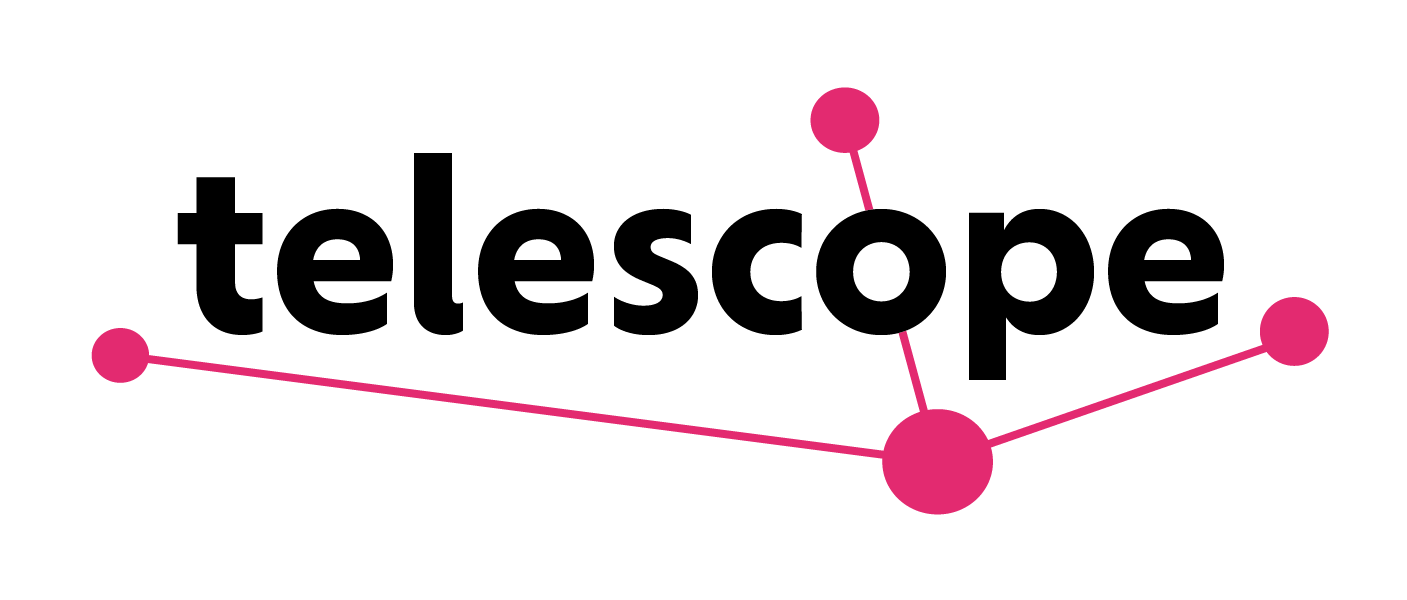Case Study: Low carbon transport in cities
Identifying opportunities to incentivize low-carbon transport
“This programme was a real penny-drop moment for me - realising we could engage differently with clients.”
The problem
Domestic transport contributes 24% of the UK’s greenhouse gas emissions. Though this figure is in decline, the increasing urgency of the climate crisis is creating an ever more pressing need to develop and incentivize new modes of transport. But creating policies that respond to this need for decarbonisation while also recognizing the unequal provision of public transport across the country is difficult. This is an ongoing challenge that requires policymakers in this sector to think innovatively about how we change our habits, consumption patterns, and behaviours.
Our solution
In the height of the Covid-19 pandemic, we ran our second Connect programme, focusing on mapping the system of transport in the UK and using feedback loops to identify points of leverage. Our participants were a Director from the Department of Transport, whose role straddled workstreams at DfT and Defra, and a Strategy Officer at Transport for London. Their shared passion for the Green Recovery, which came under the spotlight in the low-emission period of the pandemic, became clear very quickly.
The pair quickly zeroed in on personal transport, and cars in particular, as an area they both felt strongly about. A connection circles exercise (see below), which focuses on how different factors in a given system interact with and influence one another, helped the pair to identify the best interventions to focus on, evaluating solutions from the low-hanging fruit, to the highest-impact solutions around car clubs, and their potential impact on emissions.
Outcomes
Engaging in conversation around car clubs and zero emissions zones was a valuable exercise for our pair, and was highlighted as different, and perhaps more useful, than the responses from a traditional consultation. Both participants were able to understand better how to get something to happen, and to look at what the values are within a given discussion, regardless of whether it’s a data-driven argument or more of a political/emotional angle. They identified a few potential areas for collaboration, particularly around making the “black box” of policymaking more transparent to those whose input is vital to make policies succeed.


